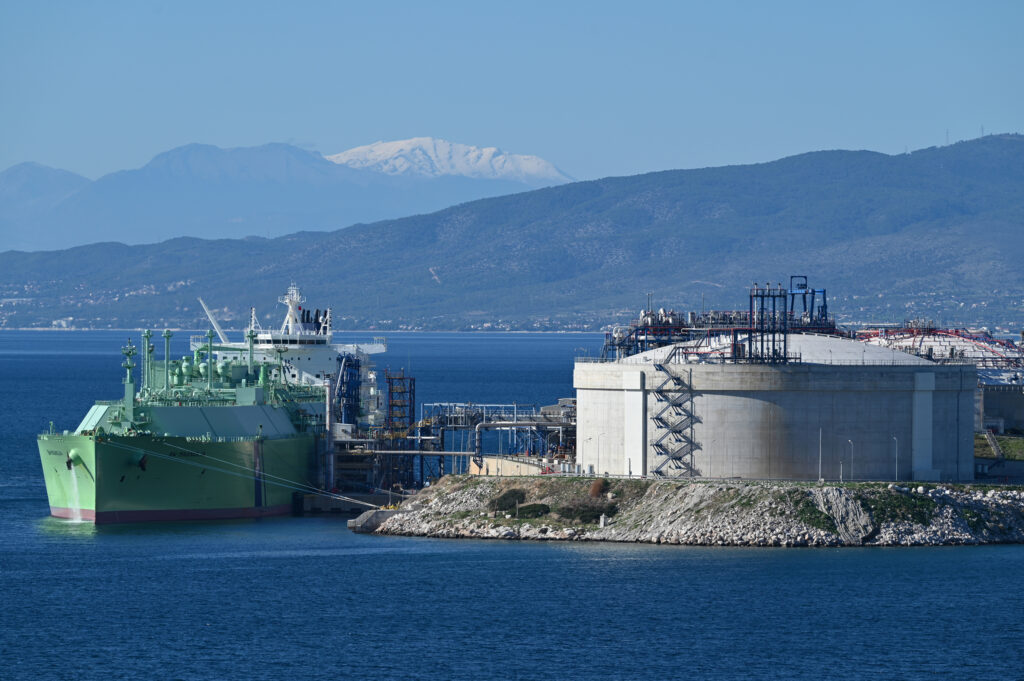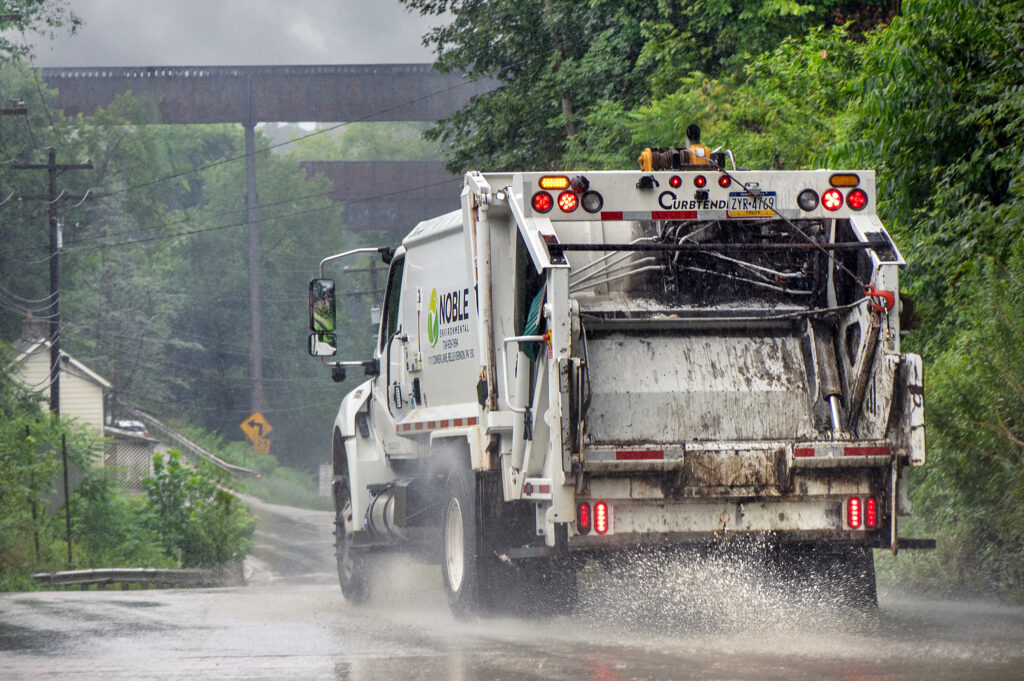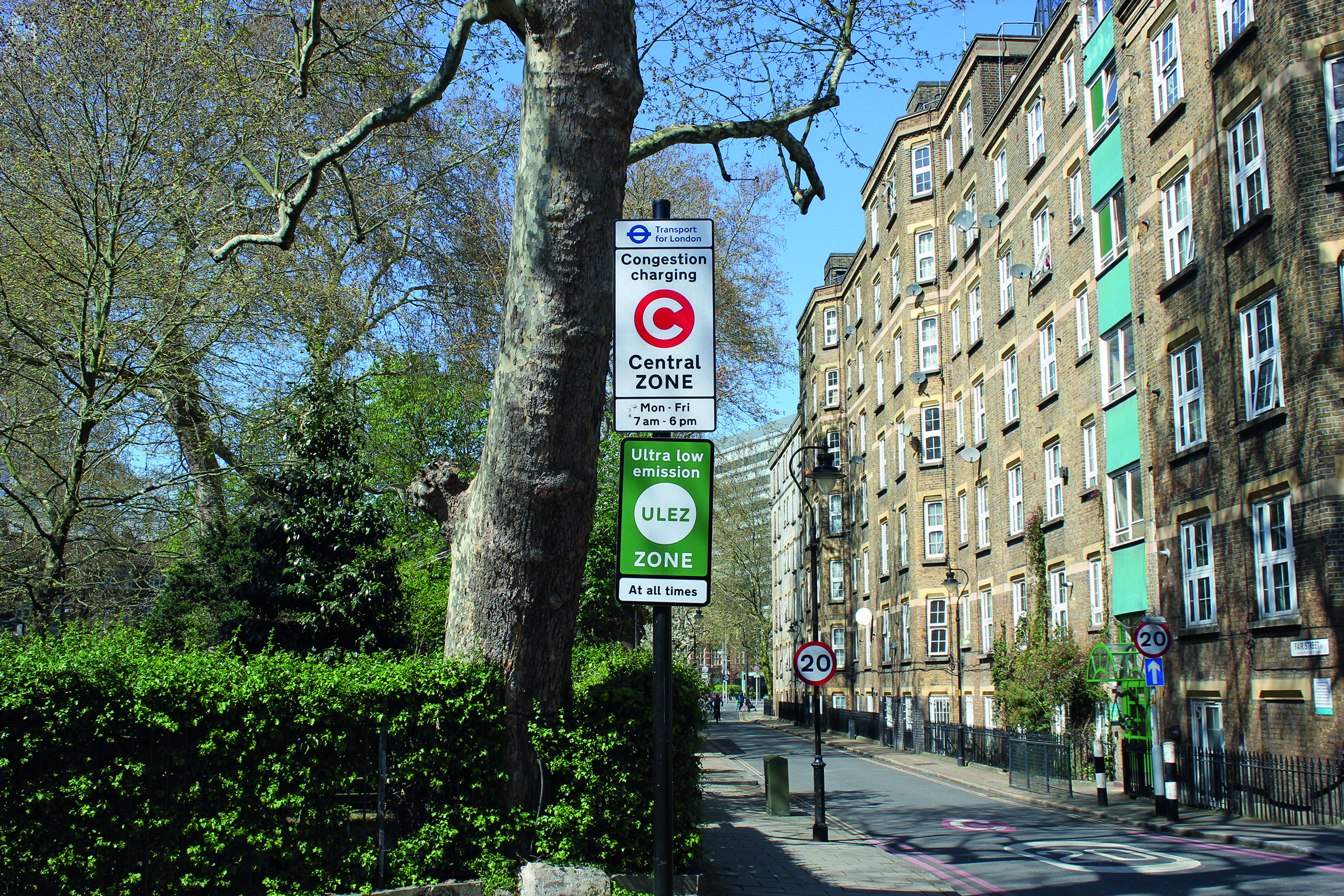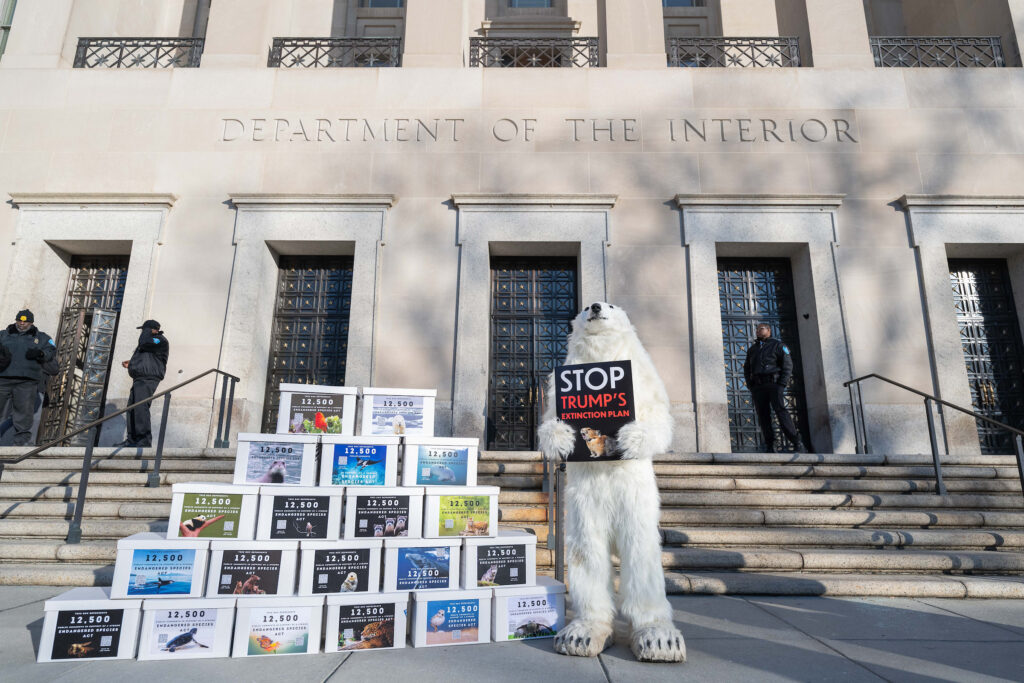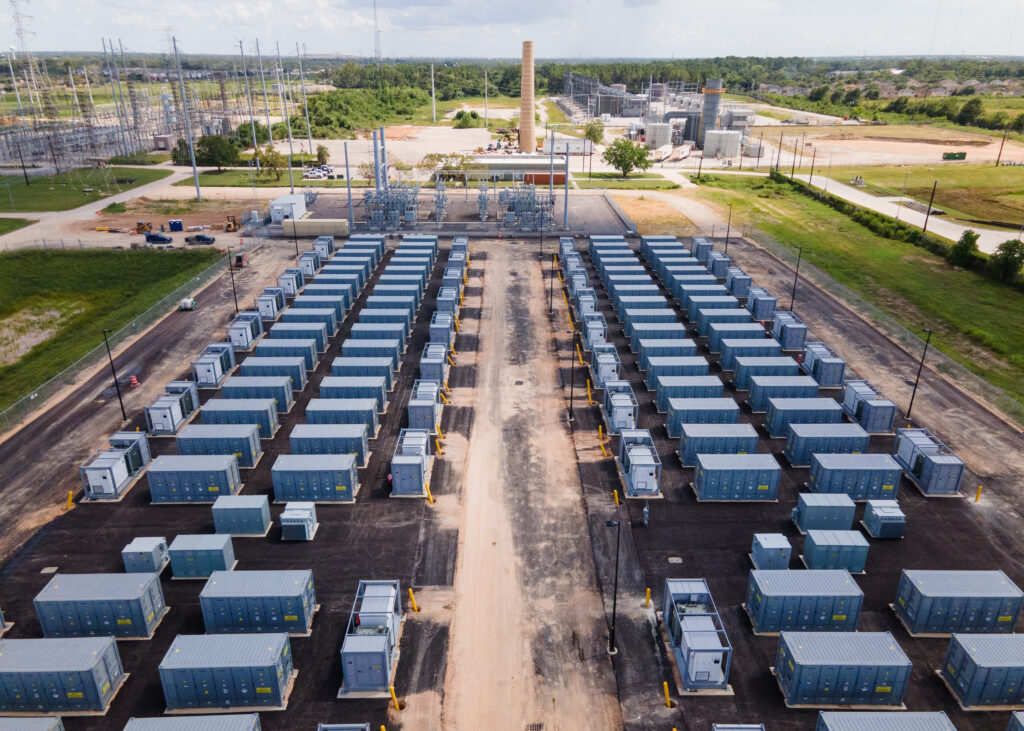BROOKWOOD, Ala.—The Trump administration has announced it will aim to fast track the permitting and environmental review of a major coal mine expansion in central Alabama as part of a larger effort to accelerate the construction of what the government has labeled “critical mineral” infrastructure.
While administration officials said the change is aimed at “significantly reduc[ing] our reliance on foreign nations,” coal produced as part of Warrior Met’s expansion in Alabama is almost entirely exported overseas to support foreign steelmaking markets, according to the company.
Warrior Met’s Blue Creek mine expansion, set to be one of the largest coal build-outs in Alabama history, is one of 20 planned developments deemed “transparency projects” by the administration over the last two months. The mine expansion will be placed on the federal government’s permitting dashboard as it moves its way through the regulatory and permitting process.
The projects’ inclusion on the dashboard authorized under the 2015 Fixing America’s Surface Transportation Act (FAST) will, according to the Trump administration, “make the environmental review and authorizations schedule for these vital mineral production projects publicly available and allow all of these projects to benefit from increased transparency.
“The public nature of the dashboard ensures that all stakeholders, from project sponsors and community members to federal agency leaders have up-to-date accounting of where each project stands in the review process,” the administration said in its announcement. “This transparency leads to greater accountability, ensuring a more efficient process.”
During the Biden administration, the so-called FAST-41 dashboard was used to fast-track projects aimed at benefiting tribal nations, as well as various projects advancing renewable energy, coastal restoration, broadband and electricity transmission sectors. The program was created as a means “to enhance transparency and increase the efficiency of the permitting process,” the Biden administration said at the time. With a new president, though, the programs designated to participate in the program—and the policy priorities they represent—have now changed.
The Trump administration has already signaled its support of the Alabama project. In April, Interior Secretary Doug Burgum visited an existing Warrior Met mine outside Tuscaloosa and took a windshield tour of the Blue Creek facility currently under construction.

During that visit, Burgum emphasized the administration’s stated commitment to fossil fuel production and said that its actions would “unleash American energy.” He did not acknowledge Warrior Met’s checkered safety and environmental record or that nearly all of its product—metallurgical coal—is shipped overseas for foreign steelmaking operations, not used in the U.S.
“We sell substantially all of our steelmaking coal production to steel producers outside of the United States,” a recent Warrior Met corporate filing said. “For the three months ended March 31, 2025, our geographic customer mix was 37% in Europe, 43% in Asia, and 20% in South America.”
The planned expansion of Blue Creek involves a major build-out of Warrior Met’s ability to mine for underground coal using the longwall method, a particularly destructive form of mining in which large machines shear walls of coal, leaving vast, empty expanses in their wake. Land above those empty caverns sinks, causing what is often permanent damage to the surface and structures there.
Longwall mining has devastated communities in Alabama and beyond. In March 2024, an Alabama home exploded above a longwall mine with a different owner after methane—a gas released during mining—seeped into the residence and ignited. The resulting blast killed an Alabama grandfather and seriously injured his grandson. Since then, the community above the Oak Grove mine in western Jefferson County has continued to crumble, homes’ foundations cracking as the longwall mine expands below.


Earlier this year, just as President Donald Trump was announcing efforts to promote “clean, beautiful coal,” a West Virginia woman was hospitalized after a methane explosion in her home atop a longwall mine left her seriously injured. Workers from the mine beneath her home had stood behind Trump during his White House announcement.
Once completed, Warrior Met’s Blue Creek expansion will increase the company’s coal production by 60 percent, providing additional supply for overseas steelmaking markets hungry for met coal that can meet production needs. Taxpayer-funded support for the facility may top $400 million.
The company has also asked the federal government to allow it to mine publicly owned coal as part of the Blue Creek project. The federal Bureau of Land Management announced last year that it would conduct an environmental assessment related to Warrior Met’s Blue Creek project and, specifically, its proposal to mine 14,040 acres of federal minerals underlying privately owned land in Tuscaloosa County. Warrior Met’s applications to lease the coal rights propose the extraction of approximately 57.5 million tons of recoverable public coal reserves.
This story is funded by readers like you.
Our nonprofit newsroom provides award-winning climate coverage free of charge and advertising. We rely on donations from readers like you to keep going. Please donate now to support our work.
Donate Now
Initial government scoping documents indicated that any environmental assessment of the Blue Creek project would include an analysis of its impact on climate change, both direct and indirect. Since those initial documents were released, however, federal guidance on the inclusion of climate change considerations in government decision-making has been in flux.
A day one executive order by Trump, for example, disbanded the Interagency Working Group on the Social Cost of Greenhouse Gases (IWG), which was established pursuant to a Biden executive order. The order said “any guidance, instruction, recommendation, or document issued by the IWG is withdrawn as no longer representative of governmental policy.”
That guidance had emphasized the importance of government analysis of the social cost of carbon, a way of putting a dollar figure on the economic damage that comes from emitting a ton of carbon dioxide. The Trump White House has said without evidence that the concept “is marked by logical deficiencies, a poor basis in empirical science, politicization, and the absence of a foundation in legislation.”
Public comments on the project already submitted to BLM included concerns around greenhouse gas emissions and Warrior Met’s contribution to the climate crisis.
“Please do not approve any new or expanded coal mining,” one commenter wrote. “The climate crisis is already deadly and rapidly getting worse. There is an overwhelming international consensus on the severity of this crisis and the urgent need to phase out the use of harmful fossil fuels.”
The draft environmental impact statement for the Blue Creek project, originally set to be released sometime in the fall, is now scheduled to be published on May 30, according to BLM.
In addition to the Blue Creek mine expansion, the Trump administration has added the following projects to the FAST-41 program:
- Resolution Copper Project
- Stibnite Gold Project
- McDermitt Exploration Project
- South West Arkansas Project
- Caldwell Canyon Mine Project
- Libby Exploration Project
- Lisbon Valley Copper Project
- Silver Peak Lithium Mine
- Michigan Potash
- NorthMet
- La Jara Mesa
- Roca Honda
- Greens Creek Surface Exploration
- Stillwater Mine
- Polaris Mine
- Becky’s Mine Modification
- 3PL Railroad Valley Exploration
- Grassy Mountain Mine
- Amelia A&B
About This Story
Perhaps you noticed: This story, like all the news we publish, is free to read. That’s because Inside Climate News is a 501c3 nonprofit organization. We do not charge a subscription fee, lock our news behind a paywall, or clutter our website with ads. We make our news on climate and the environment freely available to you and anyone who wants it.
That’s not all. We also share our news for free with scores of other media organizations around the country. Many of them can’t afford to do environmental journalism of their own. We’ve built bureaus from coast to coast to report local stories, collaborate with local newsrooms and co-publish articles so that this vital work is shared as widely as possible.
Two of us launched ICN in 2007. Six years later we earned a Pulitzer Prize for National Reporting, and now we run the oldest and largest dedicated climate newsroom in the nation. We tell the story in all its complexity. We hold polluters accountable. We expose environmental injustice. We debunk misinformation. We scrutinize solutions and inspire action.
Donations from readers like you fund every aspect of what we do. If you don’t already, will you support our ongoing work, our reporting on the biggest crisis facing our planet, and help us reach even more readers in more places?
Please take a moment to make a tax-deductible donation. Every one of them makes a difference.
Thank you,






